Those mysterious lights aren’t just for show — they serve a powerful purpose. From killing germs to curing gel nails, UV (ultraviolet) lamps play a surprisingly big role in everyday life.
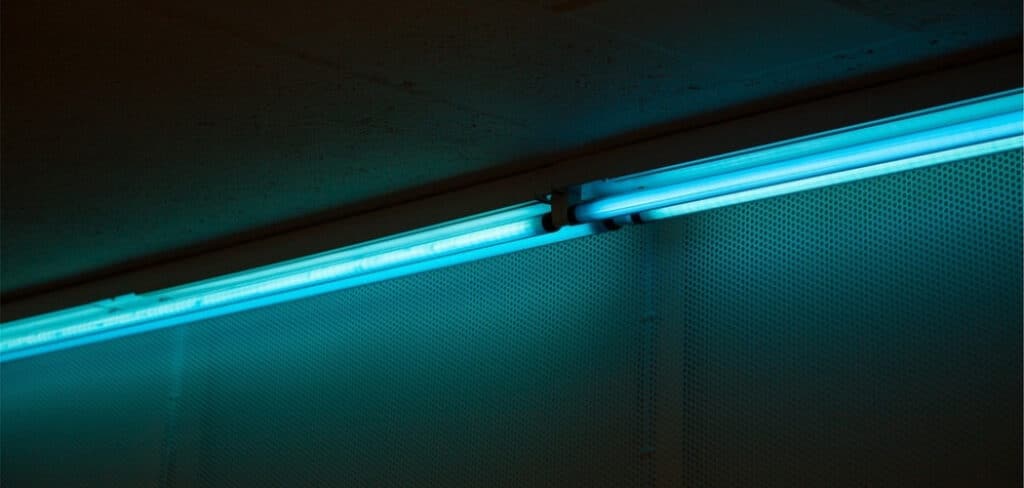
UV lamps, also known as ultraviolet lamps, produce light that’s invisible to the human eye. This light can disinfect surfaces, cure materials like adhesives or nail polish, and even make certain objects glow. But what’s going on inside those lamps that allows them to create such powerful effects?
Whether you’re using a UV air purifier at home, getting a manicure, or curious about how your water is purified — UV technology is probably involved. Knowing how it works not only satisfies your curiosity but also helps you make smarter, safer choices when using or buying UV products.
In this article, we’ll break down the science behind UV lamps, explore the different types, explain how do uv lamps work, and highlight their practical uses — all in a way that’s easy to follow, even if you’re not a science expert.
What Is Ultraviolet (UV) Light?
Ultraviolet light is a type of electromagnetic radiation. Like visible light, radio waves, and X-rays, UV light travels in waves — but its wavelength is shorter than visible light and longer than X-rays. Because of this, we can’t see most UV light with the naked eye.
Types of UV Radiation:
- UVA (315–400 nm):
Longest wavelength. It’s the safest form of UV and is commonly used in tanning beds and black lights. It causes minimal cell damage but can still affect the skin over long exposure. - UVB (280–315 nm):
Causes sunburns and contributes to skin aging and cancer. It’s used in some medical treatments, like for psoriasis and vitamin D stimulation. - UVC (100–280 nm):
The most powerful and dangerous — it destroys bacteria and viruses by breaking down their DNA or RNA. Luckily, Earth’s atmosphere blocks most UVC from reaching the ground.
Fun fact:
The Sun emits all three types, but thanks to our ozone layer, UVC rays never reach the Earth’s surface. That’s why UVC lamps are so valuable — they recreate what nature blocks out for effective sterilization.
Core Components of a UV Lamp
A UV lamp might look simple, but it’s built with precision. Each part plays a specific role in generating and transmitting UV light.
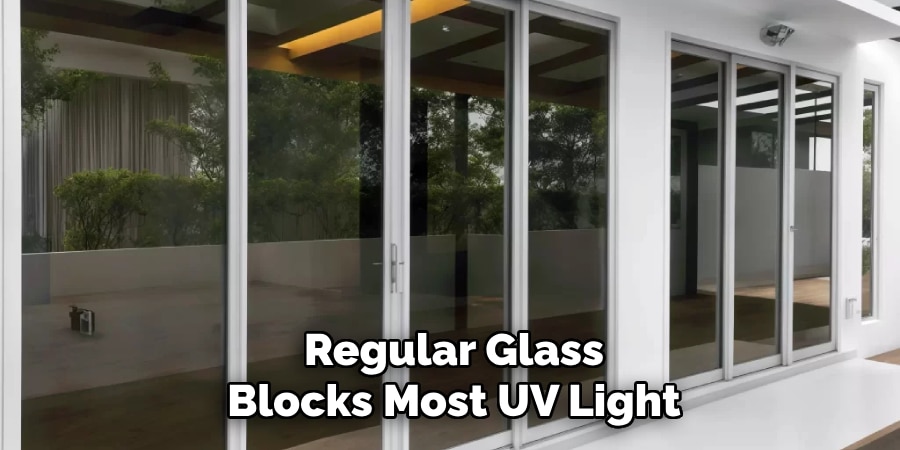
Key Components:
- Bulb/Glass Tube:
Made from quartz or special glass that allows UV rays to pass through. Regular glass blocks most UV light. - Gas Fill:
Usually contains mercury vapor, argon, or a mix of gases. These gases get excited when electricity is applied, helping generate UV radiation. - Electrodes/Filaments:
Located at the ends of the lamp. When electric current passes through, they create a spark or arc that excites the gas. - Ballast or Driver:
Controls the flow of electricity — kind of like a power manager for the lamp. It ensures the lamp runs smoothly and safely.
Shapes and Forms:
UV lamps come in many shapes — long tubes, compact bulbs, or small UV LED chips. The design depends on their use: tube lights for industrial settings, LEDs for portable devices, and bulbs for disinfection boxes or nail lamps.
How UV Lamps Produce Ultraviolet Light
So, how does a UV lamp actually make that powerful, invisible light?
The Basic Process:
- Electricity flows to the electrodes.
- This energizes the gas inside the tube (usually mercury vapor).
- The excited mercury atoms release UV photons.
- The UV light travels through the special quartz glass and out into the environment.
Two Main Categories:
1. Fluorescent UV Lamps (Black Lights):
These have a phosphor coating on the inside. When UV hits this coating, it glows — creating the familiar purple or violet effect. Some UV still escapes, making them useful for parties, art, or detection tasks.
2. UVC Sterilizers:
No phosphor here. They emit pure UVC light directly, which is invisible but lethal to bacteria and viruses. Often used in healthcare, HVAC systems, or disinfection boxes.
Modern Alternative — UV LEDs:
UV LEDs use semiconductors to produce UV light directly, no gas or mercury required. They’re smaller, safer, and longer-lasting — but still catching up in terms of power output compared to mercury-based lamps.
Types of UV Lamps and Their Applications
There’s no “one-size-fits-all” UV lamp. Different types serve different needs.
1. Low-Pressure Mercury Lamps:
- Emit mostly UVC at 254 nm.
- Found in water purifiers, hospital disinfection units, and air purifiers.
2. Medium-Pressure Mercury Lamps:
- Emit a broader spectrum including UVA, UVB, and UVC.
- Used in industrial printing, surface curing, and food processing.
3. UV LEDs:
- Compact, cool-running, and mercury-free.
- Used in phone sanitizers, toothbrush sterilizers, and nail lamps.
4. Black Lights (UVA):
- Produce long-wave UVA and visible violet light.
- Perfect for entertainment, forensics, art, and insect traps.
5. Excimer Lamps:
- Use gas mixtures to produce narrow-band UV.
- Found in eye surgery, semiconductor manufacturing, and advanced disinfection.
What Happens When UV Light Hits a Surface?
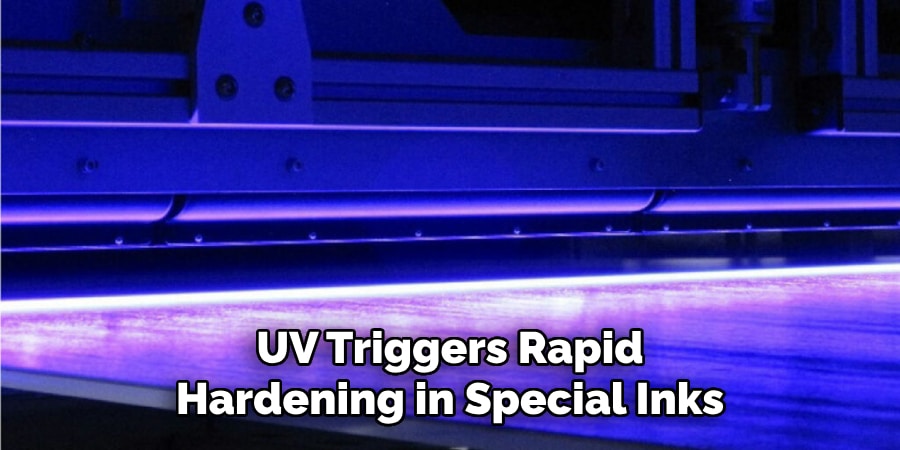
Biological Effect:
UV light, especially UVC, penetrates microbial cells and damages their DNA or RNA. This prevents bacteria, viruses, and fungi from reproducing — effectively killing or neutralizing them.
Material Reactions:
- UV Curing: UV triggers rapid hardening in special inks, glues, or coatings — often used in printing and electronics.
- UV Fluorescence: Certain materials glow under UV — used in counterfeit detection, mineral inspection, or glow-in-the-dark art.
Important:
Only UVC has germicidal power. UVA is mainly for visuals and detection. Don’t assume a purple light = sterilization!
Safety Concerns and Protective Measures
While useful, UV light — especially UVC — is dangerous if misused.
Health Risks:
- Skin burns (similar to sunburn).
- Eye damage, including cataracts or photokeratitis (like a sunburn for your eyes).
- Long-term exposure may increase cancer risk.
Safety Tips:
- Never look directly at an active UVC lamp.
- Use in enclosed systems when possible.
- Wear UV-blocking goggles, gloves, and protective gear.
- Follow manufacturer instructions closely.
Modern Safety Features:
Many consumer UV devices include timers, motion sensors, or auto shut-off systems to reduce risk.
How UV Lamp Efficiency is Measured
Not all UV lamps are created equal. Here’s how to tell which ones work best:
Key Metrics:
- Wavelength Range: Determines if it’s UVA (cosmetic), UVB (medical), or UVC (sterilization).
- Irradiance (µW/cm²): Measures intensity of UV at a given surface.
- Lamp Life: How long the UV output remains effective, not just the visible light.
- Energy Use: LEDs are more efficient than mercury lamps.
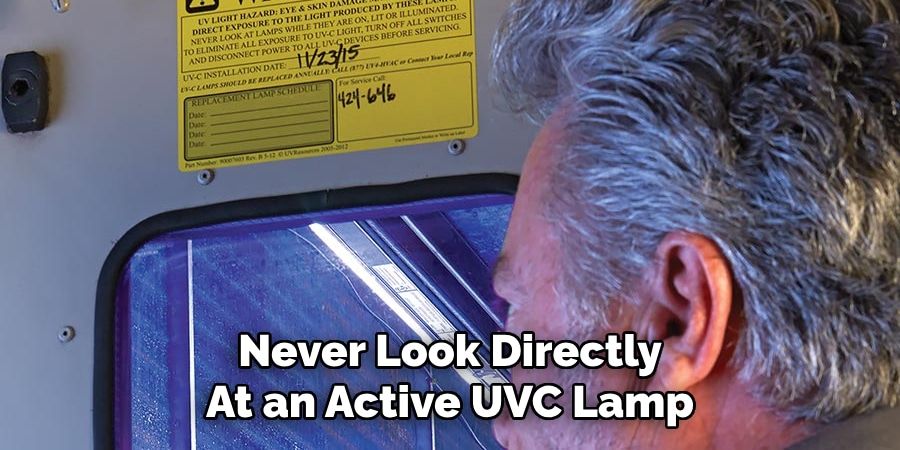
Factors That Lower Efficiency:
- Dust or residue on the bulb.
- Age (UV output drops over time even if light still glows).
- Distance from the surface — intensity fades quickly with space.
Pro tip:
Clean your lamp regularly and replace bulbs based on manufacturer guidelines — don’t judge by glow alone.
7 Examples on How Do UV Lamps Work in Everyday Life
UV lamps are more common and useful than most people realize. They silently support many areas of modern life, from hygiene to beauty to entertainment.
1. Sterilization & Disinfection: UVC lamps are essential in hospitals, dental clinics, and public restrooms. They help kill bacteria, viruses, and other germs on surfaces and in the air, reducing the spread of infections.
2. Water Purification: UV water purifiers are a chemical-free solution to disinfect drinking water. These systems effectively destroy harmful microorganisms like E. coli and viruses, making water safe to drink.
3. Air Purifiers: Many modern HVAC systems include UV lights to eliminate airborne pathogens. These systems help reduce allergens, mold spores, and bacteria, improving overall indoor air quality.
4. Nail Curing: In the beauty industry, UVA lamps are commonly used to cure gel nail polish. These lamps help harden polish quickly, making them a staple in salons and at-home manicure kits.
5. Forensics: Investigators use UV lights to reveal body fluids, fingerprints, and counterfeit documents. UV fluorescence makes hidden evidence visible at crime scenes.
6. Entertainment: UV black lights create glowing effects for parties, concerts, escape rooms, and UV art. They add a dramatic visual impact in dark settings.
7. Industrial Uses: In manufacturing, UV lamps cure inks, coatings, and adhesives rapidly without the need for high temperatures, increasing production efficiency.
Future of UV Lamp Technology
UV LEDs Are the Future:
- Smaller, more efficient, and mercury-free.
- Already replacing traditional UV lamps in portable sanitizers and consumer devices.
Smart Tech Integration:
- AI-powered robots using UV to clean hospital rooms.
- IoT-enabled UV systems track usage, efficiency, and safety in real-time.
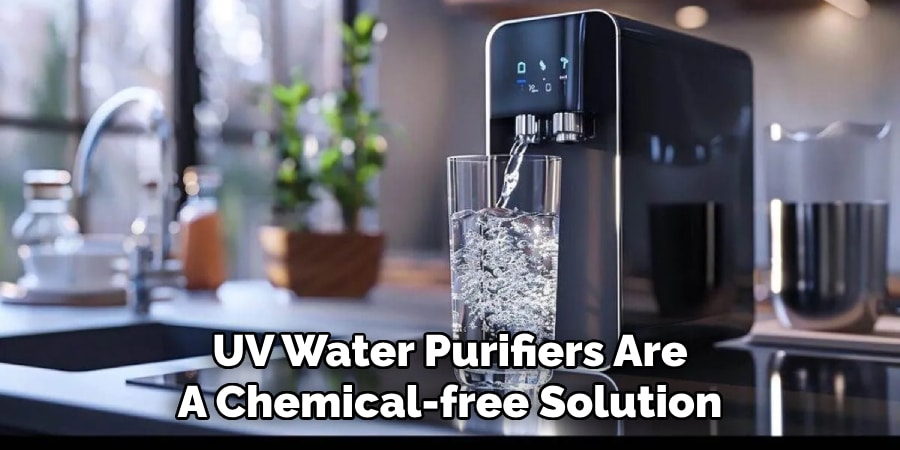
Eco-Friendly Trend:
- Mercury-free designs reduce environmental impact.
- UV LEDs last longer and consume less energy — a win for sustainability.
Frequently Asked Questions
Q: Are UV lamps safe to use?
Ans: They are generally safe when used correctly, but direct exposure—especially to UV-C can damage skin and eyes. Protective measures are essential.
Q: Can UV lamps kill viruses and bacteria?
Ans: Yes, UV-C light is highly effective at destroying microorganisms by damaging their DNA or RNA, rendering them inactive.
Q: How long do UV lamps last?
Ans: Lifespan varies by type. Traditional UV lamps last 5,000–10,000 hours, while UV LEDs can last up to 25,000 hours or more.
Q: Where are UV lamps commonly used?
Ans: They’re used in water purification, air sterilization, hospitals, nail salons, forensic analysis, and manufacturing.
Q: Can I install a UV lamp at home?
Ans: Yes, UV lamps are available for residential use in HVAC systems, water filters, and even toothbrush sanitizers, but follow safety guidelines carefully.
Conclusion
From curing your gel nails to purifying the air you breathe, UV lamps are essential tools that touch our daily lives in surprising ways. They work by emitting ultraviolet light — usually UVC — that can sterilize surfaces, kill pathogens, or trigger chemical reactions.
Understanding how UV lamps work helps you choose the right type, use it safely, and get the most out of its benefits. With technology rapidly advancing, especially in UV LEDs, we’re seeing safer, smarter, and greener UV solutions across industries.
